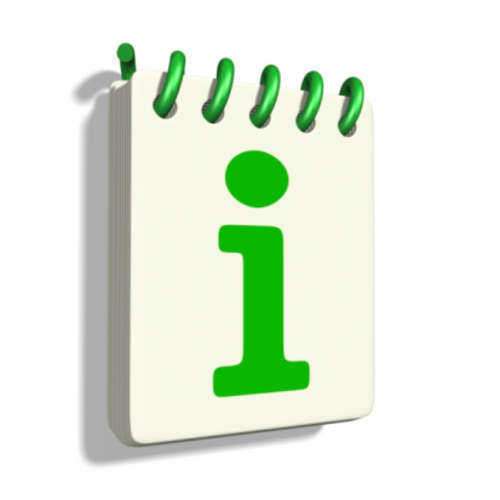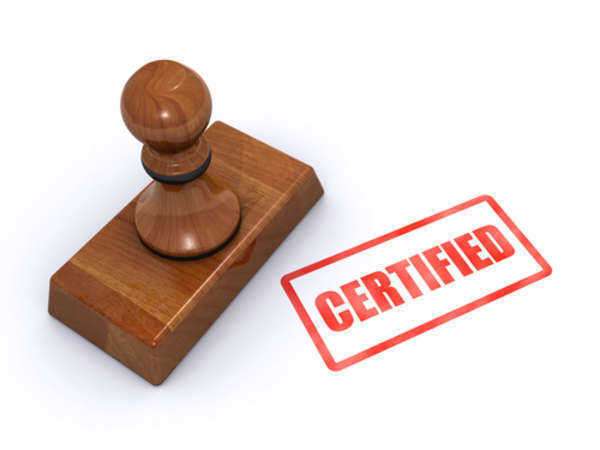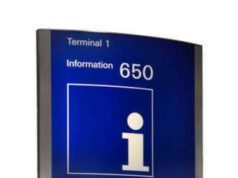
The Madrid Protocol, formally known as the Protocol Relating to the Madrid Agreement, is one of the treaties that governs the Madrid System for the international registration of trademarks. The Madrid Protocol was adopted in 1996, with the end purpose of adding flexibility to the Madrid System.
As of 2004, the Madrid Protocol has a total of 76 members, with the additions of the United States and the European Union being of worthy note. The Madrid Agreement was instated in 1891, and currently has 56 members following its provisions. The discrepancy in the number of members between both treaties exists because the Protocol provided for provisions that allowed for a more flexible and less strict requirements than the original Agreement.
One of the key differences is that under the Madrid protocol, international trademarks may be considered without having already obtained a federally or nationally registered trademark in the country of origin. The Madrid Protocol allows for a trademark holder or owner to file an international trademarks registration while the national trademark registration is still pending; the Madrid Agreement requires that such registration already be completed. Furthermore, the Madrid Protocol allows for a trademark’s owner to file both the national and the international trademarks application for registration at the same time, or immediately following the submission of the national application.
However, even though there are differences between the Madrid Protocol and Madrid Agreement, their objectives are still the same. One of the first issues to address was to provide for the protection of international trademarks creating a central organization to process and administratively control international trademarks with a simple registration process and single application for recognition of trademark rights in multiple countries; the effect of this would lower costs for trademark owners or corporations in the expansion of the mark and its related products or services into the international markets.
Secondly, the Madrid System had simplicity and functionality as its main concern by allowing for a more effective way to manage international trademarks by allowing for a collective system for the registration of marks, by requiring only one application and one collection of fees; prior to the system, international trademarks registration had to be done individually for each country the mark was to be used, which made it more costly by requiring lawyers to interpret to national trademark laws of each country, and the need for translators to aid in the process.
Furthermore, the idea of having to register for each country individually was not only expensive, but extremely time consuming and confusing. The Madrid Agreement and Madrid Protocol allow for a convenient procedural process for owners of trademarks who which to enter their products or services into foreign nations. Most recently, the Madrid Protocol introduced Spanish as one of the options for languages to be used in the application process, making this treaty more attractive to Latin American nations and Spanish-speaking countries to join membership as signatories to the Agreement provisions.
Because the Madrid Protocol provides for a more updated and functional set of provisions than its predecessor in the Madrid Agreement, it has largely become the preferred treaty for international trademarks registrations and applications world wide.




























